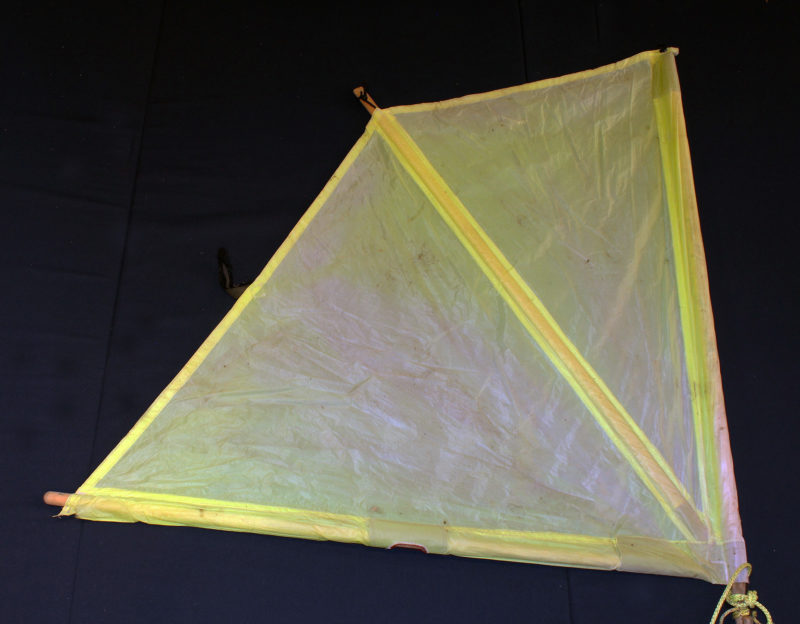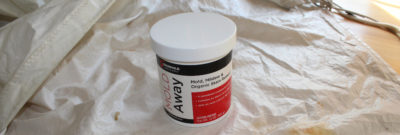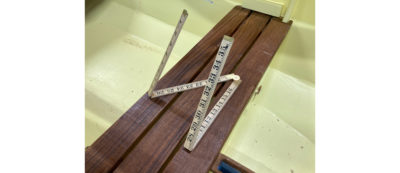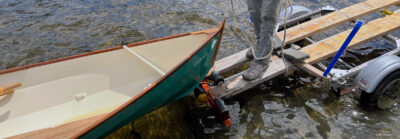Audrey, aka Skipper, is a sailor and a seamstress, and has worked with fabric for more than five decades and knows a thing or two (or three) about sailcloth care. At the age of nine, she helped her dad, Cap’n Jack, build a 16′ daysailer, and she still remembers that the biggest expense by far for the boat was the purchase of the jib and mainsail. At the end of every sailing season, those sails were removed, cleaned, dried, and then stored under Cap’n Jack’s bed. On her mother’s side of the family, there’s a sailor’s history dating back to the 18th century, when Skipper’s fourth great-grandfather, Capt. Pierre Surget, stored the sails for his snow-brig, ST. JACQUES, at his home. Those bits of cloth were his livelihood: no sails, no ship.Dacron sailcloth, the most commonly used material for cruising sails since the 1950s, is very durable and coated to protect its fibers from ultraviolet (UV) light, stabilize the cloth, and fill the weave to make it less porous. While Dacron sails are stronger and longer-lasting than their cotton ancestors, they still require care to give them a long and useful life. This small, light nylon sail is a standard fixture on the editor’s kayak. Exposure to sunlight has faded the color, a very bright yellow-green that’s still evident alongside the spars but almost entirely gone in the areas of sail that were wrapped around them. The fabric is not yet falling apart, but it has markedly aged. SBM photograph
SBM photograph
Stay On Course













Join The Conversation
We welcome your comments about this article. If you’d like to include a photo or a video with your comment, please email the file or link.